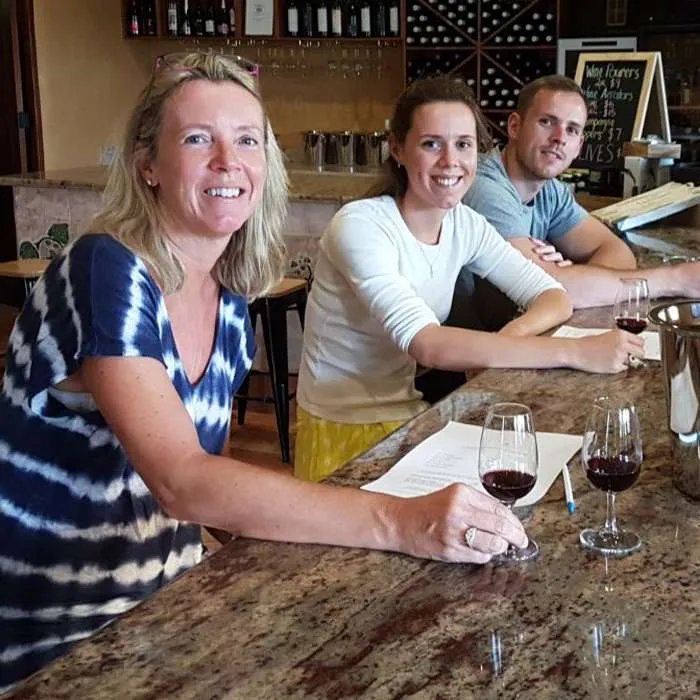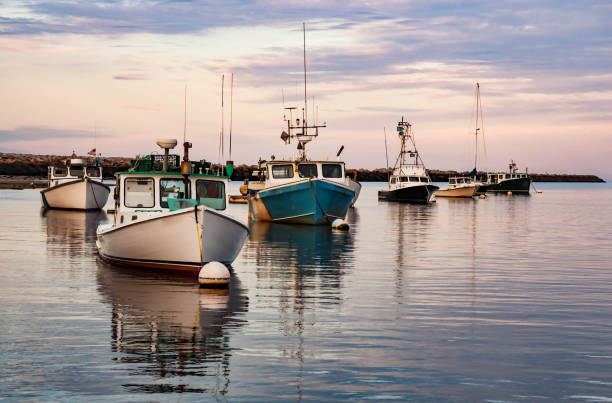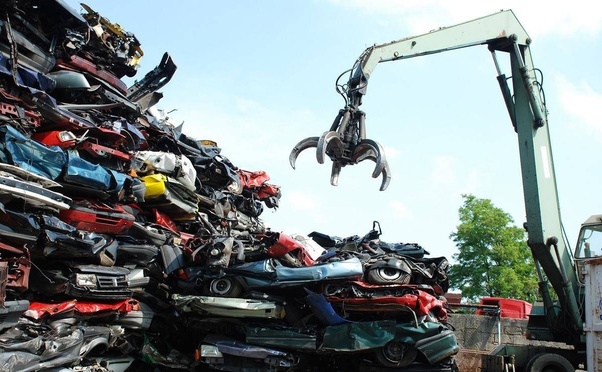Coffin Bay National Park can be found on the Eyre Peninsula’s southwest shores in South Australia. The park is located 40 minutes from Port Lincoln and is famous for its remote coastline scenery and brutal surf beaches. The park’s coastline landscapes are only accessible by 4WD tracks that border high winds and dunes.
Coffin Bay is named after Isaac Coffin, a naval officer. It is known for its unspoilt beaches and delicious seafood. You can find the national park just outside Coffin Bay Township. Several remote camping areas offer a truly unique experience. The park offers fishing and bushwalking and surfing, and sandy 4WD adventures.
Here are the details for anyone planning a trip to Coffin Bay National Park.
How to get there
Coffin Bay National Park can be found just 40 minutes (50 km) from Port Lincoln on the Flinders Highway. It is 700km from Adelaide, which makes it an 8-hour drive. The ferry that runs from Wallaroo and Lucky Bay is a great way to cut an hour off your trip. It’s located just outside Cowell.
Entry Fees
The entry fee for a vehicle to the park is $11 per vehicle or $9 with a valid concession. You will need to pay camp fees and the park entry fee.
The Best Time to Visit
Summer is the best season to visit Coffin Bay National Park as the weather is warm and dry. These conditions make it ideal for camping or enjoying the stunning beaches. You’ll also see lush vegetation if you visit in other seasons.
The temperature outside was between 20-25 degrees Celsius, but the water was too cold to swim in the ocean when we visited April. Many beaches were also covered in seaweed.
Things to Do in Coffin Bay National Park
Coffin Bay National Park offers a paradise for surfing, scuba diving and bushwalking. There are many activities available to explore the beautiful and remote areas of the park’s coast landscapes.
Enjoy the Beaches
Seven Mile Beach
This beach is accessible by 4WD and borders Thorny Passage Marine Park, near Morgan’s Landing Campground. The 4WD track can be found on the beach, with massive dunes made from soft, powdery sandy sand. These pristine northern beaches may be difficult to reach high tide. If the tide comes up while relaxing on the beach, you don’t want it to stop you from getting back on your feet.
Black Springs Beach
Black Springs is a stunning beach that spans 250m and is made of shells instead of sand. It requires 4WD to get there, but it is our favourite campsite and spot within the park. The camping area can be found on the beach’s border between granite headlands and grassy slopes.
Almonte Beach
To enjoy the sandy Almonta Beach, visitors to Coffin Bay National Park do not need 4WD. You can swim, fish, or relax with a picnic in the bush. It also has some of the best sand on the Eyre Peninsula. Golden Island protects this area, so it feels like one of the park’s sheltered beaches. You can park at the parking lot at the beach and then walk to the Golden Island Lookout for stunning island views and remote coastal scenery. You may even see dolphins!
Can You Camp on the Beach at Coffin Bay?
Yes, you can camp on certain beaches in Coffin Bay. Almonte Beach does not allow camping.
Surfing
For more experienced surfers, Coffin Bay National Park offers great surfing beaches. To reach the reef break, head to Point Avoid and Flatrock on the other side of Almonte Beach. You can also drive 4WD to Mullalong beach on the peninsula’s northern side. Bedrock headlands surround this remote beach. It offers rugged reef surfing and a more intimate break than Flatrock.
Hiking
Coffin Bay National Park is a popular spot for bushwalking, with its beautiful beaches and stunning ocean views. The Yang Bay Hike, a 2km coastal bushwalking trail that offers views of the bay from Yangie Lookout, is a pleasant 2km hike. The 2 km coastal walk through the bushy coastal mallee is pleasant but not extraordinary. It also offers stunning views of Yangie Island, as well as other wildlife, from Yangie Lookout. The Whidby Hike is a great option if you are ready for a full day of trekking. This trail, which runs 24km, requires 4WD. It follows a rugged coastline and sheltered coves.







